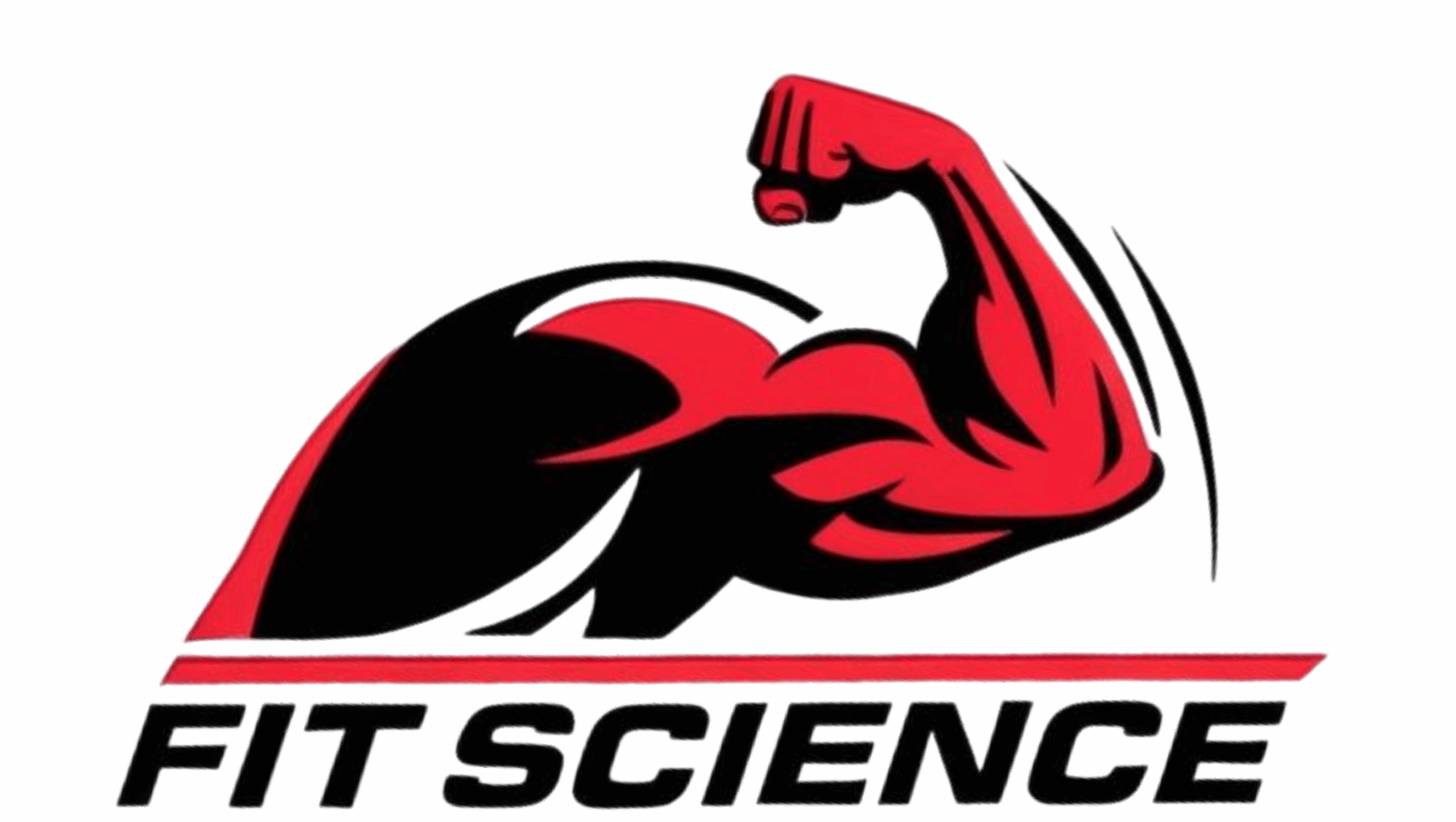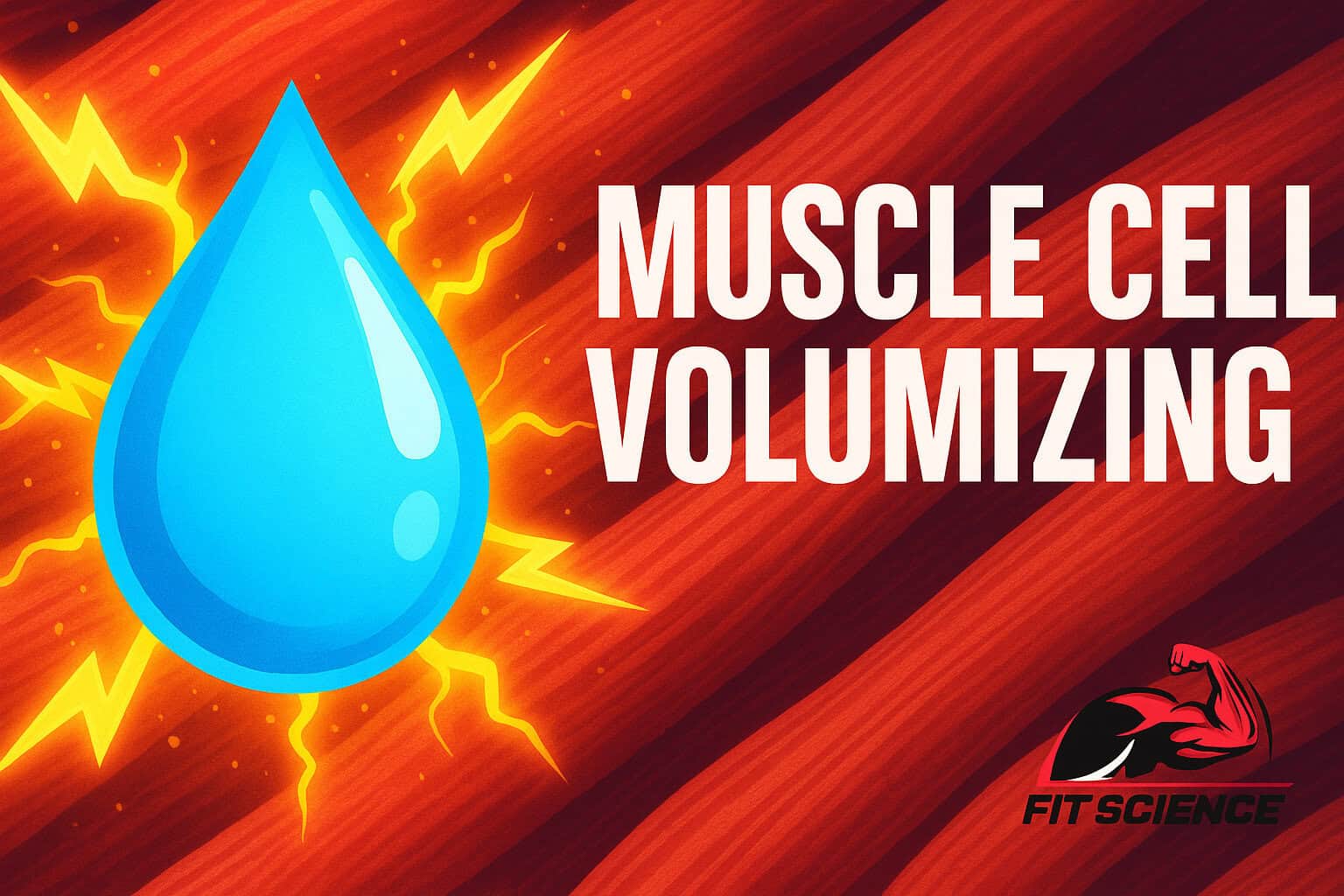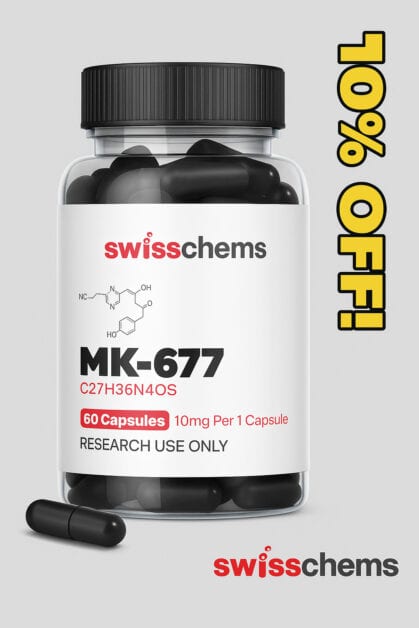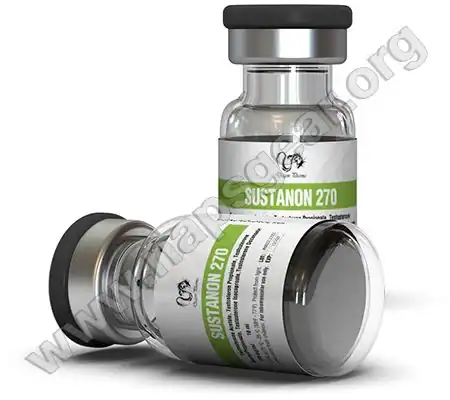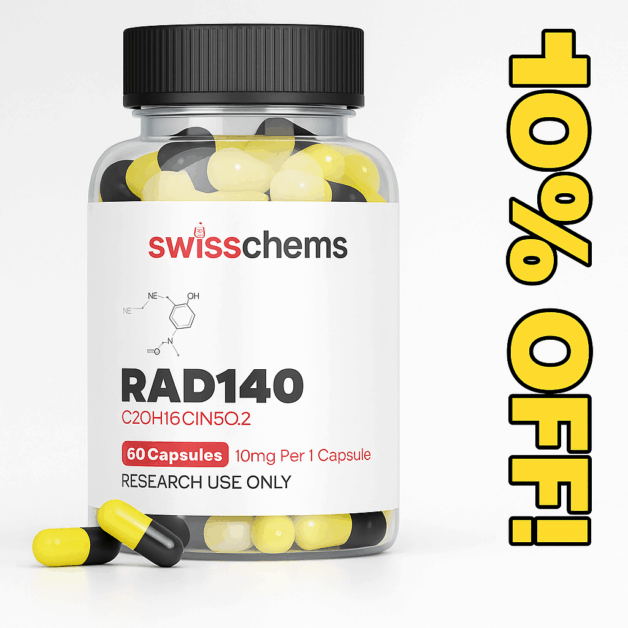If you hang around lifters long enough, you’ll hear phrases like “fullness,” “intracellular water,” and “the pump builds muscle.” Behind the bro-speak is a real physiological lever: cell volumizing—increasing the amount of water, glycogen, and osmolytes inside the muscle cell. That swelling isn’t just cosmetic. It signals anabolism, raises muscle protein synthesis (MPS), tempers protein breakdown, and sets the stage for long-term hypertrophy when paired with hard training and sufficient protein.
Below is an in-depth, practical guide: how cell swelling drives growth, what the best evidence says, how to program training and nutrition to leverage it, and a ranked list of 10+ substances/strategies that reliably increase muscle cell volume—plus effectiveness, side effects, and how long the effects last.
The Physiology: Why a “Full” Muscle Is a More Anabolic Muscle
Cell swelling = an anabolic signal. Classic work in cell physiology (e.g., Häussinger and colleagues in the 1990s) showed that increasing cell volume up-regulates MPS and down-regulates proteolysis across tissues. In skeletal muscle, swelling:
-
activates mechanosensitive pathways (integrins/FAK, MAPK/ERK) and feeds into mTORC1, the central hub for MPS;
-
reduces ubiquitin–proteasome activity (protein breakdown);
-
shifts osmotic balance so amino acids are drawn into the cell and used more efficiently.
Glycogen and water are coupled. Roughly 3 g of water are stored with every gram of muscle glycogen. When you load carbs (especially with sodium), intracellular glycogen rises, water follows, and the fiber literally swells. More glycogen also supports higher training volumes—another growth driver.
Blood-flow–metabolite methods add a second push. Techniques that trap blood and metabolites in the working muscle—higher reps, short rests, constant tension, and blood-flow restriction (BFR)—produce large, repeatable pumps. Studies on BFR show meaningful hypertrophy at light loads (20–30% 1RM), with proposed mechanisms including cell swelling, metabolite signaling, and increased fiber recruitment.
Hydration and electrolytes govern the ceiling. Water by itself isn’t enough. Sodium (and to a lesser extent potassium and chloride) determines where the water goes. Adequate electrolytes + carbs bring water into the muscle instead of leaving it in the gut or extracellular space.
Bottom line: make the cell big, keep it big frequently, and train while it’s big. That’s the recipe to convert acute swelling into chronic hypertrophy.
What the Evidence Says (Plain-English Highlights)
-
Cell swelling is anabolic in human tissue models. Hypertonic (shrinking) conditions suppress MPS; hypotonic (swelling) conditions increase it.
-
Creatine consistently increases intramuscular water and lean mass; position stands and meta-analyses show greater gains in strength, fat-free mass, training volume, and Type II fiber area—especially in the first 6–8 weeks.
-
High-carb + sodium loading increases glycogen and intracellular water; athletic literature repeatedly notes rapid body mass increases and improved high-rep performance after glycogen repletion.
-
BFR training reliably builds size using light loads; reviews attribute part of the effect to cell swelling and metabolite accumulation that amplify anabolic signaling.
-
Betaine (TMG), an organic osmolyte, has shown improvements in power output and body composition in resistance-trained adults over 6–12 weeks, plausibly via osmoprotection and methyl donation.
-
Taurine, another osmolyte, modulates cell volume and calcium handling; lifter data suggest improved endurance and reduced cramping, with anecdotal reports of fuller look.
-
Citrulline and dietary nitrates boost NO, perfusion, and “pump,” improving set endurance and work capacity—acute volumizing via blood flow that helps accumulate the training dose for growth.
-
Glycerol hyper-hydration increases total body water for hours; studies show improved endurance in heat and perceptible fullness, though the water is distributed intra- and extra-cellularly.
None of these work in a vacuum. They magnify the effect of quality training and adequate protein (~1.6–2.2 g/kg/d).
Programming to Leverage Cell Volumizing
-
Anchor your week with at least 2–3 metabolite-rich sessions per muscle.
-
8–20 reps, 60–75 s rests, controlled eccentrics, constant tension, drop sets, rest-pause, and/or 5–10 min of BFR “finishers.”
-
-
Train “glycogen-full.”
-
Pre-workout: carbs (0.5–1.0 g/kg) + sodium (800–1500 mg) + 500–750 ml water about 60–90 min pre lift; citrulline 30–45 min pre can enhance the pump.
-
-
Protein timing supports the signal.
-
30–45 g complete protein pre/post, plus daily target as above.
-
-
Stay hydrated with electrolytes across the day.
-
A lightly salted 1–2 L water bottle (or an electrolyte mix with ~300–500 mg sodium per liter) keeps the intracellular environment friendly for training.
-
-
Use periodic glycogen “top-offs.”
-
A higher-carb day before a priority session or mini-loads (e.g., 2–3 g/kg/d) for 24–48 h before a specialization block.
-
The Top Muscle Cell-Volumizing Substances & Strategies
Effectiveness is rated 1–5 for visible fullness + training carryover, assuming proper training and nutrition. Durations are approximate and depend on dose, body size, and diet. Always consider personal health conditions and consult a professional if unsure—particularly with electrolytes.
1) Creatine Monohydrate
-
What it does: Increases intramuscular phosphocreatine and cell water; improves high-intensity work capacity; augments mTOR activation via greater training volume.
-
Dose: 3–5 g/day (optional load 0.3 g/kg/d for 5–7 days).
-
Effectiveness: 5/5 (best-in-class for fullness + performance + hypertrophy).
-
Onset/Duration: Noticeable fullness within 5–7 days of loading; maintained while dosing.
-
Side effects: Occasional GI upset with large doses; water weight (intramuscular). Safe long-term in healthy adults.
2) Carbohydrate + Sodium (Glycogen Loading)
-
What it does: Raises muscle glycogen; each gram of glycogen binds ~3 g water → marked cell swelling and better high-rep output. Sodium escorts glucose/water into the intramuscular space.
-
Dose: 3–7 g/kg/d carbs in loading phases; 800–1500 mg sodium preworkout (context-dependent).
-
Effectiveness: 5/5 for pump, performance, and readiness.
-
Onset/Duration: Hours (acute preworkout) to 24–72 h (loading).
-
Side effects: Temporary scale weight increase; watch blood pressure if sensitive to sodium.
3) Citrulline (or Citrulline Malate)
-
What it does: Increases NO via arginine recycling; boosts blood flow and “pump,” improves set endurance.
-
Dose: 6–8 g L-citrulline (or 8 g citrulline malate 2:1) 30–45 min pre.
-
Effectiveness: 4/5 (excellent acute volumizer; enhances training dose).
-
Onset/Duration: Peaks 1–2 h; lasts 2–4 h.
-
Side effects: Mild GI upset in some at higher doses.
4) Dietary Nitrates (e.g., Beetroot, Nitrate Salts)
-
What it does: Elevates NO via nitrate–nitrite–NO pathway; improved perfusion, work capacity, and perceived “fullness.”
-
Dose: 300–600 mg nitrate (e.g., 500 ml beet juice or standardized capsules) 2–3 h pre.
-
Effectiveness: 4/5 for pump + endurance; synergistic with citrulline.
-
Onset/Duration: 2–6 h window.
-
Side effects: Beetroot can tint urine/stool; avoid with certain meds (check with physician).
5) Betaine (Trimethylglycine, TMG)
-
What it does: Organic osmolyte that helps cells maintain volume under stress; studies report improvements in power and favorable body comp in trained lifters over 6–12 weeks.
-
Dose: 2.5 g/day (split 1.25 g twice).
-
Effectiveness: 3.5–4/5 (solid support; not as dramatic as creatine/carbs acutely).
-
Onset/Duration: Sub-acute; days to weeks to feel best effects.
-
Side effects: Generally well-tolerated; may raise homocysteine if folate intake is low (betaine usually lowers it; balance with B-vitamins).
6) Taurine
-
What it does: Osmoregulator and calcium-handling modulator; may aid endurance, reduce cramping, and contribute to fuller look.
-
Dose: 1–3 g preworkout (or 3–6 g/day split).
-
Effectiveness: 3–3.5/5 (supportive, noticeable for some).
-
Onset/Duration: 1–3 h acutely; sustained with daily use.
-
Side effects: Very safe; high intakes may increase sedation in some.
7) Glycerol (Hyper-Hydration)
-
What it does: Increases total body water when taken with large fluid bolus; can enhance endurance/heat tolerance and noticeable fullness for several hours.
-
Dose: 0.5–1.0 g/kg glycerol with 20–25 ml/kg water over ~60 min.
-
Effectiveness: 3.5/5 for fullness; situational.
-
Onset/Duration: Within 60–90 min; lasts 3–5 h.
-
Side effects: Headache, bloating in some; frequent urination later (“water dump”). Check sport rules (historically restricted in some contexts).
8) Sodium Bicarbonate (NaHCO₃)
-
What it does: Buffers acidity, supports high-rep performance; transient fluid shifts that often enhance “pump.”
-
Dose: 0.2–0.3 g/kg 60–120 min pre; or split doses to reduce GI stress.
-
Effectiveness: 3–4/5 for performance → indirect volumizing through bigger sets.
-
Onset/Duration: 1–3 h window.
-
Side effects: GI distress common; sodium load—monitor if hypertensive.
9) Potassium-Rich Foods (paired with Sodium/Carbs)
-
What it does: Intracellular cation that supports glycogen storage and fluid balance; best via whole foods (potatoes, bananas, fruit, dairy).
-
Dose: Diet-based; avoid high-dose supplements unless supervised.
-
Effectiveness: 3/5 (supports the system; not a flashy acute pump agent).
-
Onset/Duration: Ongoing.
-
Side effects: Excess supplemental potassium can be dangerous—food first.
10) Hydration + Electrolyte Mix
-
What it does: Provides the vehicle that makes all volumizers work—water plus sodium (and smaller amounts of potassium, magnesium).
-
Dose: 500–750 ml 60–90 min pre; another 250–500 ml during training. Aim 300–700 mg sodium/L depending on sweat rate.
-
Effectiveness: 5/5 as a foundation (everything works better when this is right).
-
Onset/Duration: Immediate → throughout session.
-
Side effects: Over-hydration without electrolytes can cause hyponatremia; match fluid to sweat loss.
11) Beta-Alanine (indirect support)
-
What it does: Raises carnosine, a muscle buffer, improving 60–240 s efforts; allows more total reps, increasing metabolite build-up and swelling.
-
Dose: 3.2–6.4 g/day (split to reduce tingles).
-
Effectiveness: 3/5 (indirect—helps you do the work that swells cells).
-
Onset/Duration: 4+ weeks to load; lasting while you continue.
-
Side effects: Paresthesia (tingling) with larger single doses.
12) HMB (β-Hydroxy β-Methylbutyrate) (anti-catabolic support)
-
What it does: Leucine metabolite that may reduce muscle damage/proteolysis; can help retain the “fullness” across hard phases.
-
Dose: 3 g/day.
-
Effectiveness: 2.5–3/5 in trained lifters (more robust in novices/returns).
-
Onset/Duration: Days to weeks.
-
Side effects: Generally minimal; mixed evidence in advanced lifters.
Practical ranking for visible fullness + performance carryover:
Tier A: Creatine, Carb+Sodium, Hydration+Electrolytes, Citrulline/Nitrates (pre)
Tier B: Betaine, Taurine, Sodium Bicarbonate, Glycerol
Tier C: Beta-Alanine (indirect), Potassium-rich foods, HMB (contextual)
Putting It Together: A Sample “Volumizing + Hypertrophy” Day
The day before a priority muscle group
-
Carbs at 4–6 g/kg, normal protein, normal fat. Salt meals to taste.
-
Hydrate throughout (electrolyte water).
Pre-workout (60–90 min)
-
Carbs 0.5–1.0 g/kg + sodium 800–1200 mg with 500–750 ml water.
-
Optional: sodium bicarb 0.2–0.3 g/kg 90–120 min pre (if your gut tolerates).
-
Creatine 3–5 g/day (timing flexible).
-
Betaine 1.25 g (or full 2.5 g earlier in the day).
Pre-workout (30–45 min)
-
Citrulline 6–8 g (+ optional nitrates 300–600 mg 2–3 h pre).
-
Taurine 1–3 g.
-
Small protein (~30 g) if trained semi-fasted.
During
-
250–500 ml electrolyte water; sip as needed.
Training
-
Compound strength work, then 3–5 metabolite sets (12–20 reps, 60–75 s rests, constant tension/drop sets).
-
Optionally finish with BFR 5–10 min for the target muscle (light loads, high reps).
Post
-
30–45 g protein + 1–1.5 g/kg carbs within 2 h.
-
Continue hydrating with electrolytes if you sweat heavily.
Repeat this style 2–3x/week per muscle and keep daily protein high. Over 8–12 weeks, the repeated swelling + high training volumes drive real hypertrophy, not just a transient pump.
Side-Effect and Safety Notes (Read This)
-
Electrolytes: Individuals with hypertension, kidney issues, or on certain medications should discuss sodium/potassium strategies with a clinician.
-
Bicarbonate & Glycerol: Test on non-important training days first—GI distress is common with bicarbonate; glycerol requires a lot of water and frequent bathroom trips later.
-
Nitrates: Interactions can occur with PDE-5 inhibitors and certain BP meds.
-
Supplements vs Food First: Outside of creatine and citrulline, most of the effect comes from carbs, hydration, and salt dialed in for your bodyweight and sweat rate.
The Takeaway
Muscle cell volumizing isn’t smoke and mirrors. It’s a real anabolic signal that, when paired with intelligent programming, adequate protein, and enough calories, accelerates hypertrophy. The hierarchy is simple:
-
Nail the foundations: daily hydration + electrolytes, carbs + sodium around training, and protein.
-
Layer proven ergogenics: creatine, citrulline/nitrates, betaine/taurine as tolerated.
-
Train to earn it: metabolite-rich sets and/or BFR to repeatedly swell the muscle, week after week.
Do that consistently and the “fullness” you see in the mirror turns into measurable size and strength over the training block.
